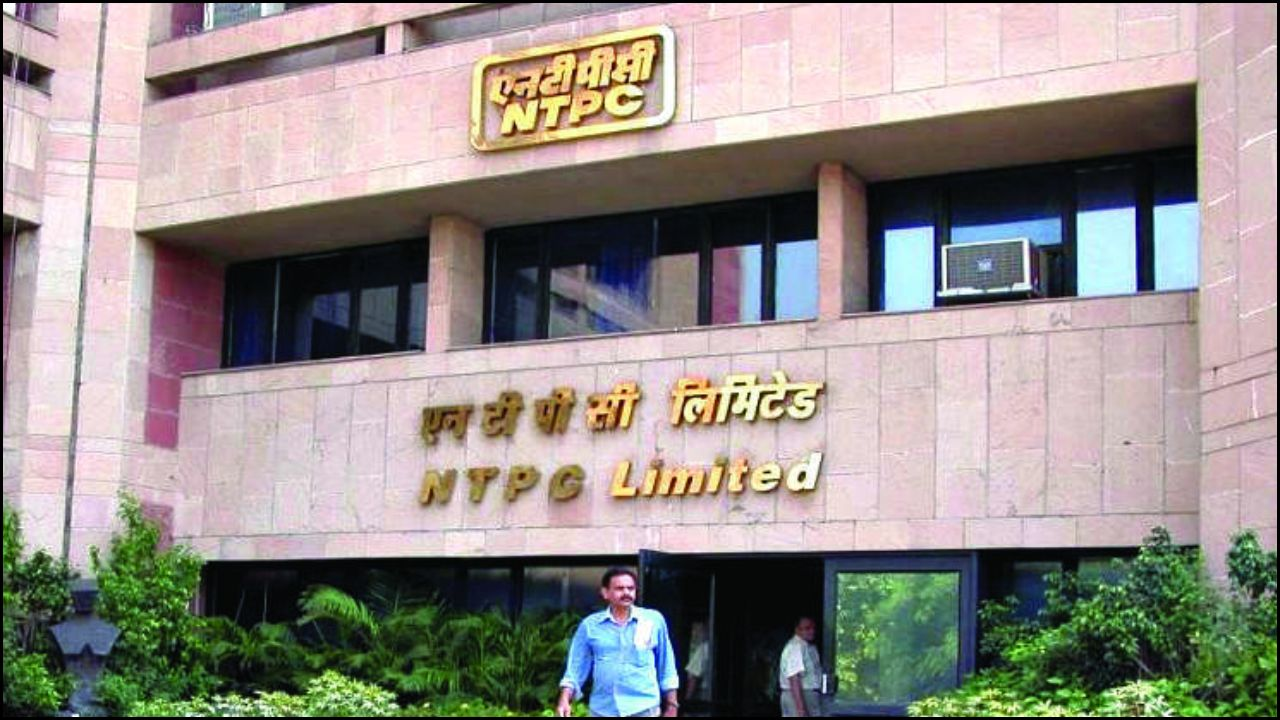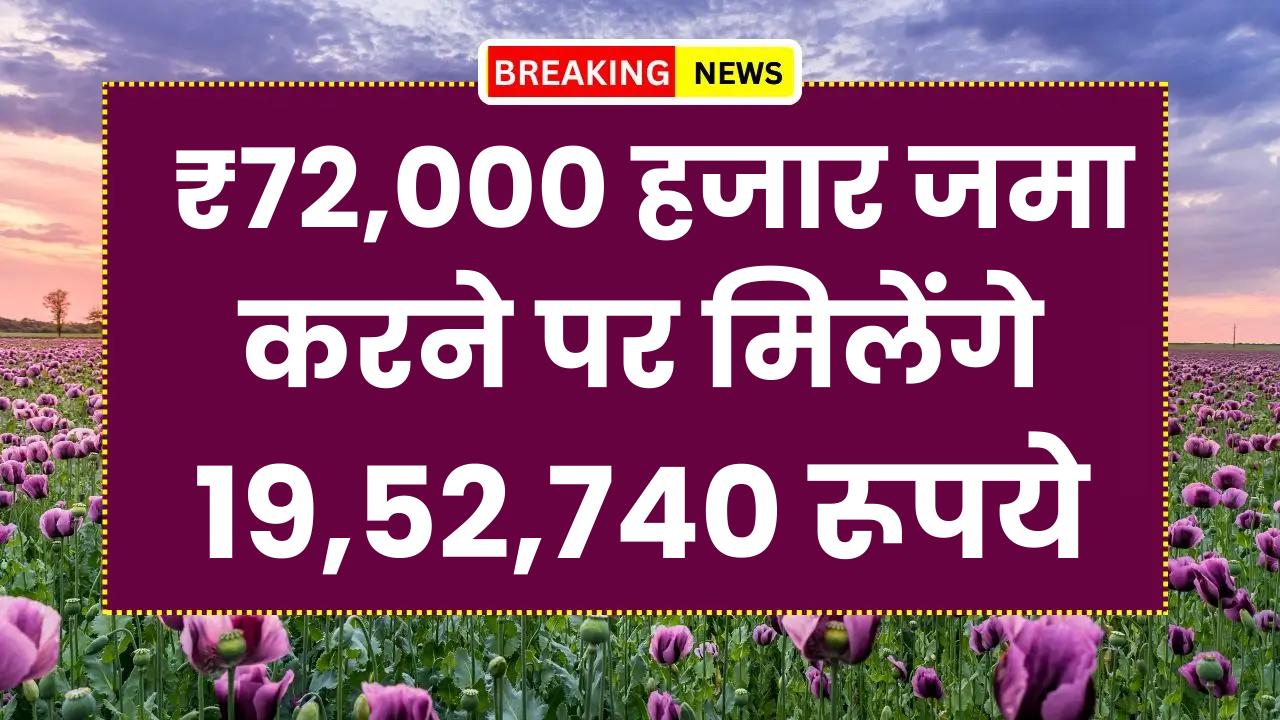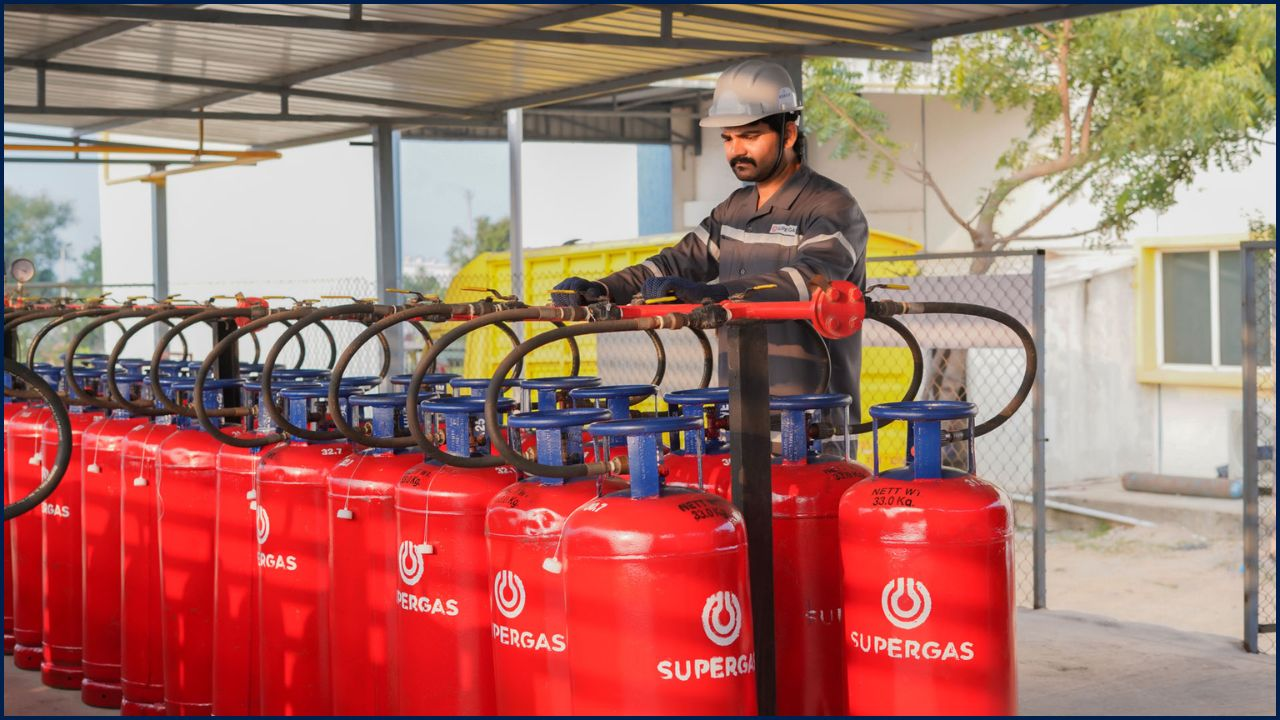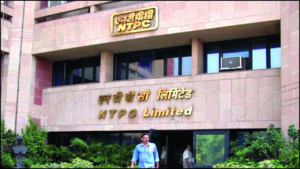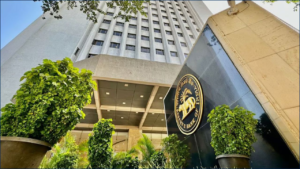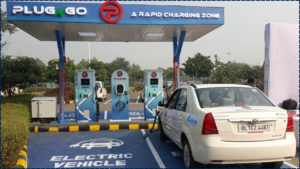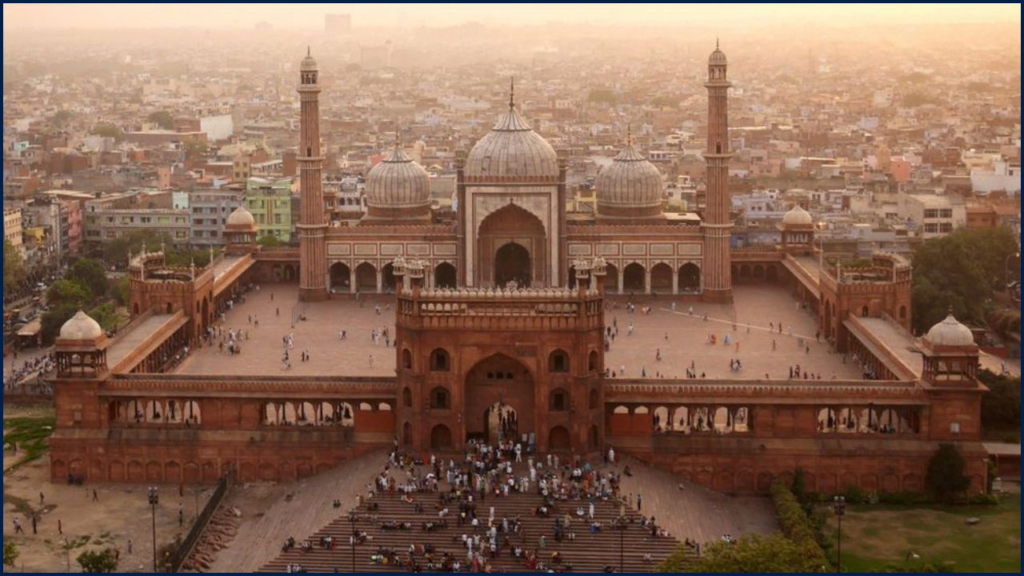
The Uttar Pradesh government has unveiled an ambitious tourism expansion plan that includes new tourist points across the state, with special focus on Aligarh’s development. The move, backed by a ₹2,026 crore allocation in the 2025-26 budget, seeks to strengthen cultural tourism, improve connectivity, and generate new streams of employment.
Tourism Push Backed by Record Investment
The Uttar Pradesh Tourism Department has earmarked ₹2,026.06 crore for the sector, with ₹400 crore reserved under the Chief Minister’s Tourism Sites Development Scheme. According to state officials, this funding will improve basic facilities, restore heritage monuments, and establish modern tourist attractions.
The state government has also set a bold target of increasing tourist arrivals five-fold by 2028, from the current 16 crore to 80 crore annually. This growth is expected to contribute around ₹70,000 crore to the state’s economy, making tourism a major driver of regional development.
Spotlight on Aligarh
Lock Museum and Craft Institute
Aligarh, best known for its lock-making industry, is central to the new strategy. The state has sanctioned ₹28 crore for India’s first Lock Museum, which will celebrate the city’s centuries-old craft tradition. Alongside it, a Food and Craft Institute has been allocated ₹2.9 crore to showcase regional cuisine and artisanal skills.
“Aligarh’s cultural identity is distinct and deserves to be shared with the world,” said a senior official from the Uttar Pradesh Tourism Department. “By highlighting both heritage and modern experiences, we hope to attract domestic and foreign visitors alike.”
Infrastructure for Accessibility
Connectivity improvements are also a priority. The upcoming 65-kilometre Agra-Aligarh Expressway is expected to reduce travel time between the two cities to around one hour, opening Aligarh to short-stay tourists from Agra’s international circuits. Additionally, the district is included in the Yamuna Expressway Industrial Development Authority’s Master Plan 2031 Phase-2, which will bring urban and tourism infrastructure to the corridor.
Aligarh’s Heritage and Identity
Aligarh’s history is intertwined with education and culture. The Aligarh Muslim University (AMU), founded in 1875, remains a centre of intellectual and cultural life. Its Indo-Islamic architecture and academic prestige already draw visitors.
The city’s lock industry, dating back over a century, has earned Aligarh global recognition. Locks produced here are exported worldwide, and the upcoming museum is designed to preserve this craft legacy while encouraging cultural tourism.
Local festivals and fairs, such as the annual Numaish Exhibition, add vibrancy and attract thousands. Ongoing beautification works at Thakur Baldev Ji Maharaj’s temple and the Goumat fairgrounds aim to integrate traditional sites into the new tourism framework.
Statewide Tourism Initiatives
Aligarh’s development forms part of a broader plan. Uttar Pradesh has invited bids for 11 eco-tourism projects across Ayodhya, Chitrakoot, Lalitpur, and Jalaun, among others. These projects aim to promote sustainable tourism in forested and riverine areas.
The government has also set a target to complete 156 pending projects by December 2025, covering museums, heritage ghats, and restoration of cultural landmarks. These initiatives align with the Tourism Policy 2022, which promotes eco-tourism, adventure travel, rural tourism, and youth-oriented tourism.
Economic Impact and Employment
Tourism already contributes significantly to Uttar Pradesh’s economy. According to state data, the sector supports over 2.5 million jobs directly and indirectly. With expanded facilities, this number could rise sharply in coming years.
Small businesses, including hotels, restaurants, and transport services, are expected to benefit most. “If the projects are delivered on time, we will see a rise in domestic tourism, which means more income for local shopkeepers,” said Rahul Mishra, who runs a handicraft shop near Aligarh railway station.
Economists also highlight multiplier effects. Improved connectivity, such as the Agra-Aligarh Expressway, could raise property values, attract investment, and boost trade in nearby districts.
Comparison with Other States
Uttar Pradesh’s tourism push comes as other states, such as Rajasthan and Madhya Pradesh, have leveraged heritage to attract visitors. Rajasthan has long marketed its forts and palaces, while Madhya Pradesh promotes its wildlife sanctuaries and UNESCO heritage sites.
Analysts say UP is now positioning itself to compete by combining religious, cultural, and eco-tourism. “The challenge will be branding,” said Dr. Anjali Sharma, a tourism scholar at Banaras Hindu University. “Rajasthan sells the desert. Kerala sells backwaters. Uttar Pradesh must create a distinct identity, and Aligarh could be part of that story.”
Challenges Ahead
Despite optimism, concerns remain. Delays have plagued past projects. For example, several riverfront projects in Varanasi and Kanpur missed deadlines by years. Experts warn that without strict monitoring, new Aligarh projects could face similar setbacks.
There are also environmental risks. Expanding eco-tourism into forest areas must be carefully managed to avoid habitat damage. Conservation groups have urged the government to publish environmental impact assessments before proceeding with large-scale developments.
Local residents have mixed views. While many welcome the potential jobs, some worry that rapid development may disrupt traditional lifestyles. “Tourism should not come at the cost of our culture and environment,” said Shabana Ali, a teacher in Aligarh.
A Tourist’s Future Journey
If plans succeed, a tourist arriving in Aligarh in 2028 might visit the Lock Museum, dine at the Food and Craft Institute’s cultural kitchen, and travel swiftly to Agra or Mathura on the expressway. The visitor could also explore heritage corridors linking temples, fairs, and historical institutions like AMU.
This vision reflects the state’s goal of creating integrated experiences that extend tourist stays and spread economic benefits across districts.
BRICS-Backed Bank to Launch Rupee Bonds by March – Here’s What It Means for Investors
Conclusion
Uttar Pradesh’s strategy to expand tourism and focus on Aligarh represents both an economic opportunity and a cultural renaissance. With planned museums, institutes, and improved connectivity, the state is betting on tourism to drive growth. The coming years will test whether Aligarh’s development can deliver on its promise of blending heritage, commerce, and sustainability.


